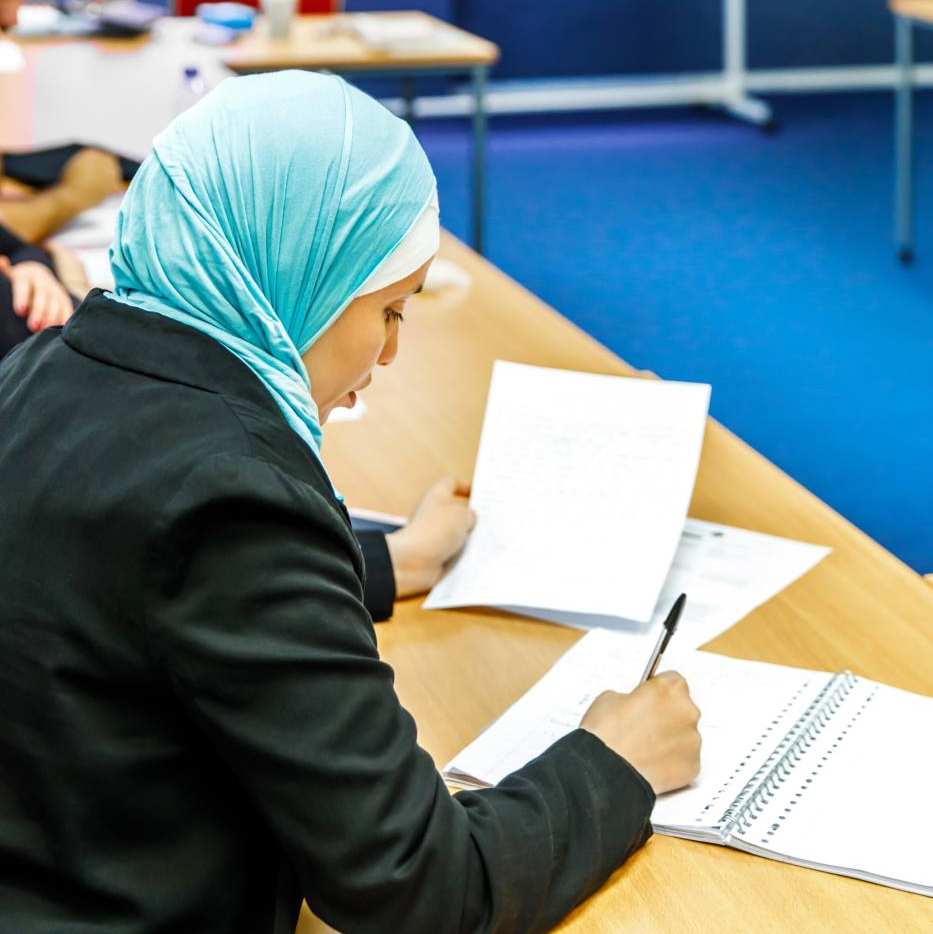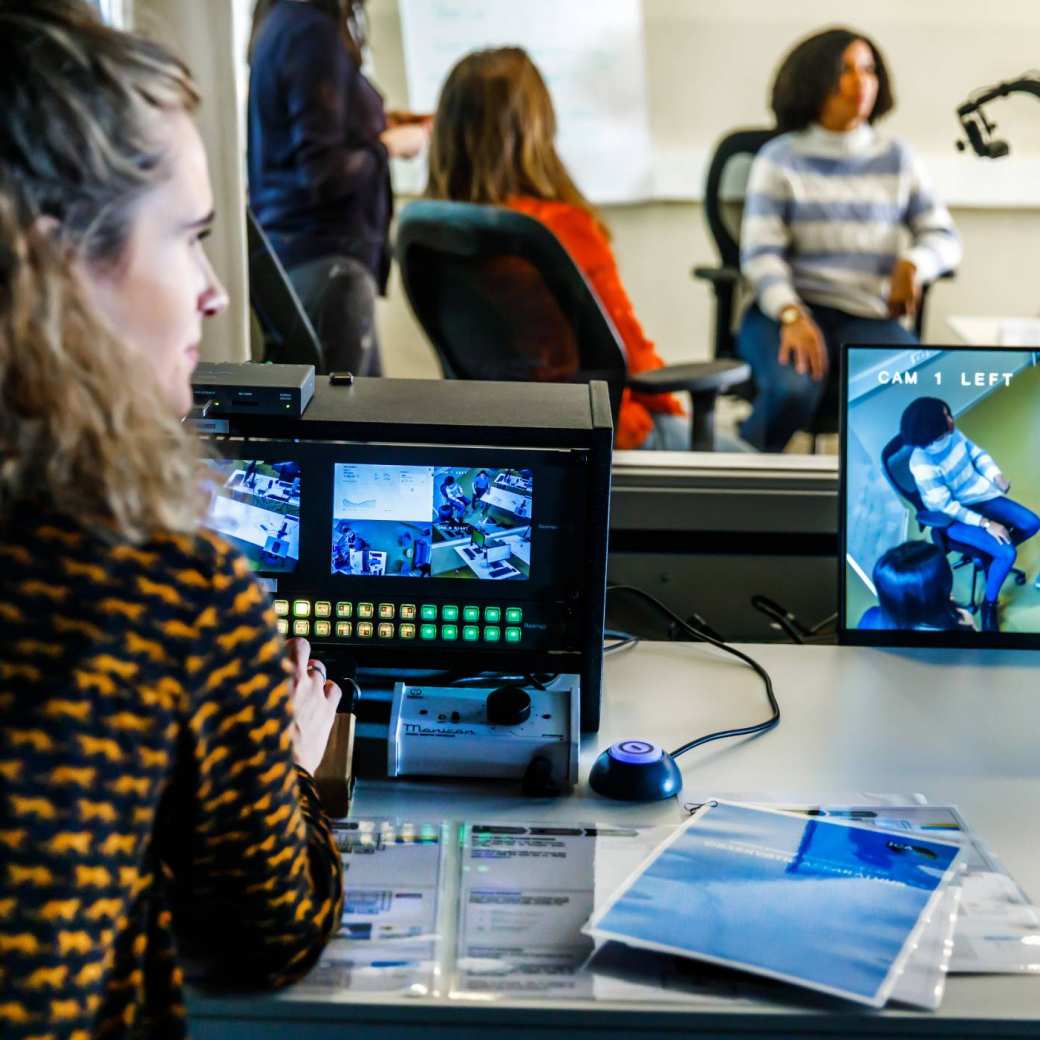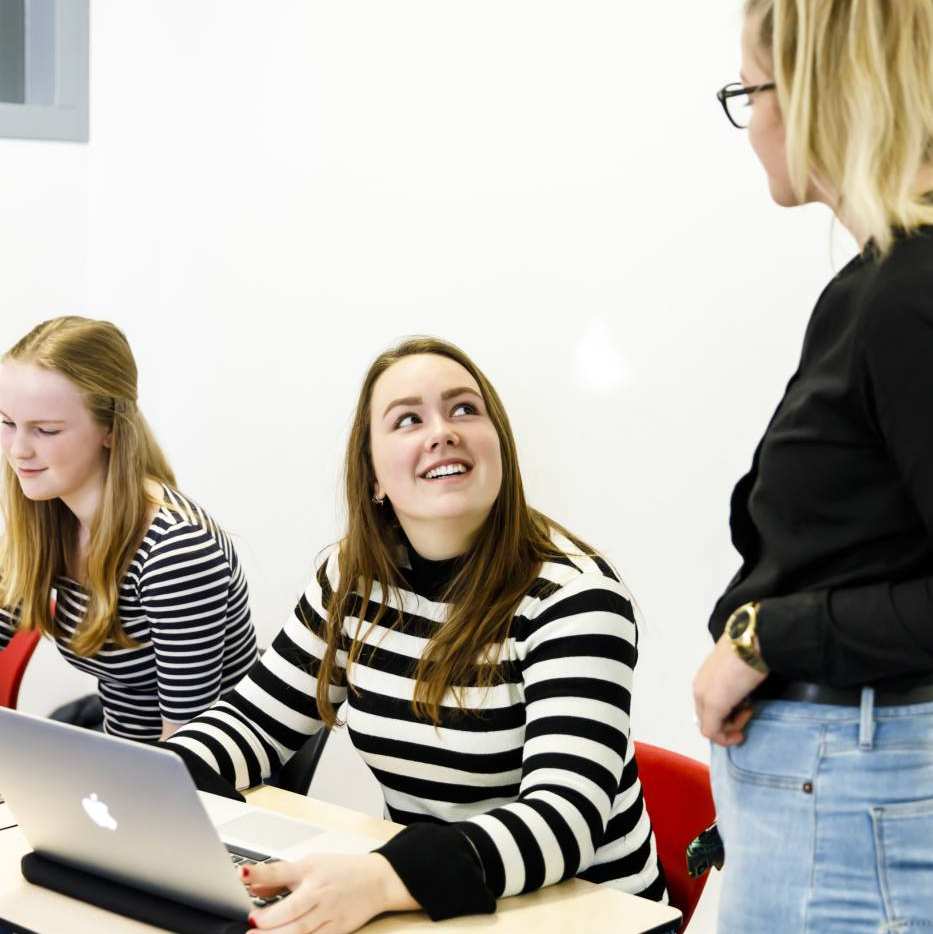Embedded Vision Design
You learn lighting techniques on how to optimise camera images. To develop embedded applications on PCs or Micro-controller/Android platforms. And that’s just a peek at what you learn here! This program teaches you to use algorithms and techniques. Image processing. And more.

The program in a nutshell
The program is divided up into 2 blocks of 8 weeks. Your classes and workshops take place 4 days a week. Project assignments are tackled in either pairs or in small groups.
You take written and oral exams. Didn’t quite make it the 1st time? You can re-take each exam once. You and your group or partner create 2 project assignments. And deliver working products. With reports. Each report includes plan of approach, functional design, technical design, vision design, technical realization and vision realization. You also demonstrate the product you realized.

Program details
Learning outcomes
By the end of the Embedded Vision Design program you can:
- optimize camera images by applying correct lighting techniques
- optimize camera images by influencing environmental factors
- apply existing vision operators to camera images
- develop set of vision operators suited for application in embedded systems
- integrate camera set-up with PC or Micro-controller/Android platform
- develop embedded application on PC or Micro-controller/Android platform
- based on image recognition and image processing

Competences
You strengthen these competence areas during the Embedded Vision Design program:
- Develop technical system; image data essential
- Translate customer wish/idea in technical specs
- Present, demonstrate self-developed products
- Work thematically, with:
- plan of approach
- time plan
- communication with group members
- progress reports

Dutch way of learning
The atmosphere in a Dutch classroom is quite informal and your lecturers are easy to talk to. In fact, at HAN you’re seen as a partner in the learning process. Class sizes are small and your lecturers encourage you to actively participate in class. To ask questions and give your own opinion. They also stimulate you to be creative and to discover things for yourself.
HAN International Intro
Get a good start to your studies during this week of orientation:
- learn about living in the Netherlands
- become familiar with the campus
- get on board with your exchange program
- make new friends!

What about credits and grading?
At HAN we use the European Credit Transfer and Accumulation System, or ECTS. It’s the standard credit system used in higher education across Europe. How does it work? One credit = 28 hours of study. Think of contact hours. Time spent working on assignments. Preparing for exams.
One semester = 30 credits = 840 hours of study. To earn credits, you need to pass your exams. What counts as a pass? A grade of at least 5.5.
Admission
What are the admission requirements? And how do I apply?
